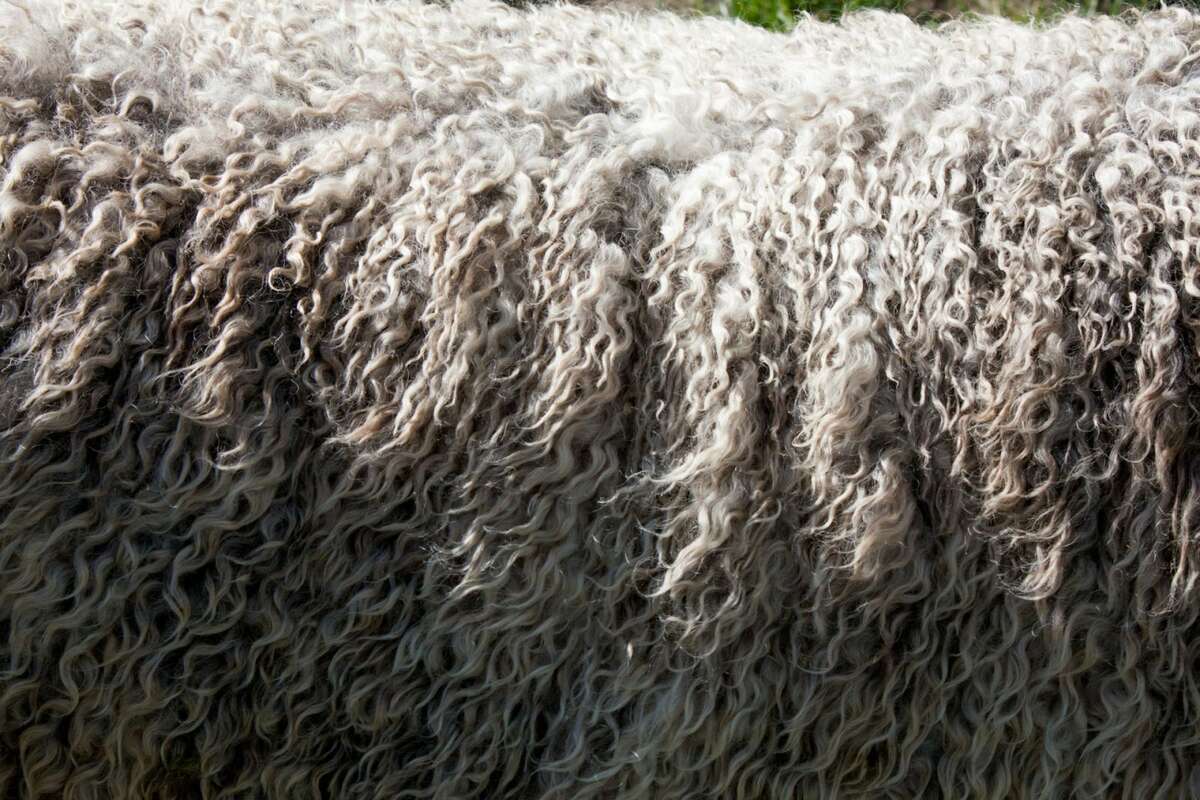Energy and construction workers need all the help they can get to make buildings more durable. Climate resilience is essential, and smarter resource use is the foundation. Experts are testing new strategies in building envelope design to enhance future energy efficiency.
Vacuum-Insulated Panels
Engineers and energy experts use these specialized panels to make appliances like refrigerators more lightweight and eco-friendly. Typically, they use polyurethane foam, but VIPs enhance interior volume by 25% and lower energy use by 50%. These panels could eventually become a go-to option for homes, as they have a Class A fire rating and R-value of 66. The production process also boasts a significantly lower embodied carbon footprint than fumed silica creations. New options use thousands of degrees less than other types, slashing facility energy consumption.
Aerogel Insulation
Aerogel is one of the most prominent up-and-coming insulation alternatives. Aerogel and composites are low-density alternatives but have had scaling issues in manufacturing because of their thermal stability. However, researchers are finding ways to make composites of the so-called “frozen smoke.”
The Hefei Institutes of Physical Science of the Chinese Academy of Sciences synthesized a new version of aerogel insulation that maintains the material’s high-temperature abilities while making its structure more robust. The mechanical strength is higher, and the thermal properties are better. These advancements could enhance structural longevity because the insulation contributes to their sturdiness.
Phase-Change Materials
PCMs change their state in response to environmental conditions, maintaining temperatures when shifting between solid, liquid and gas. Ideally, it would freeze to keep the building comfortable, lowering demands on HVAC machinery. A few barriers prevent these panels from widespread adoption, including their R-value.
For example, most experts insulate garages with polystyrene, which has an R-value between 6.3 and 12.9. It is easily measurable and well-studied. People know the optimal thickness and placement for it. PCM panels may work best alongside other insulation or alone — research is ongoing to determine their best use cases.
PCMs, sometimes referred to as smart insulation systems, are dynamic. They respond to temperature shifts, automatically optimizing energy management. Some PCMs are thermochromic, changing color in response to heat or cold. These assist with passive heating and cooling at different points of the day. Solar chimneys are excellent examples of this technique, as they release warm or cold air based on how much heat the paint absorbs throughout the day.
Bio-Based Foam Insulation
Most insulation materials aren’t eco-friendly due to plastics and chemicals, which can harm the environment. They use tons of energy to produce and contain contaminants, polluting the air, soil and water. In response, renewable options are becoming more widely available. Hemp and cork are promising crops, offering an eco-friendly alternative to toxic insulation. They can have no volatile organic compounds and are safer to install.
Builders can combine eco-friendly insulation with more sustainable building materials. Options like hempcrete have an impressive thermal mass and are carbon-negative. Smart, renewable components improve eligibility for certifications from organizations like LEED.
An experimental home in Kelowna, British Columbia, used hemp to create an environmentalist’s dream building envelope. Its size might seem like an energy-guzzler, but the hempcrete could make it more efficient than older, smaller homes. It sequesters up to two times the hemp’s weight in carbon, which is efficient enough to support solar panel installation. The builder chose it as an alternative to fiberglass, which has a highly resource-intensive manufacturing process.
Graphene-Infused Insulation
Graphene can make the thinnest insulation possible. The carbon atoms are intensely conductive and 200 times stronger than steel. The field needs more research, as the material appears insufficient to work by itself. However, energy professionals combine graphene with plastic to make a flexible yet robust insulation. It could also work in other energy-efficient technologies, like paint, to boost the insulation’s efficacy. The paint would resist bacteria while capturing heat for radiant release and intentional energy control.
Recycled Denim or Sheep’s Wool Insulation
In addition to hempcrete, modern insulation materials include many other renewable and sustainable options that remove waste from landfills. Now, governments in places like New Zealand recommend them instead of conventional choices.
Denim and sheep’s wool have similar R-values, around 3.5 to 4. They are breathable, which is perfect for absorbing moisture without reducing the insulation’s effectiveness. The materials have a longer shelf life than other types, which justifies their higher upfront costs. These insulators perform as well as traditional materials in humid environments while lowering emissions.
Multilayered Insulation Systems
Some builders suggest a multipronged insulation approach. The method sandwiches many thin insulating sheets together, usually seen in fields like aerospace and cryogenics. The ideas can apply to households and commercial buildings.
These would incorporate several materials, ranging from boards to barriers. Every material enhances the space’s resistance to even the most extreme temperatures.
It may even use conventional insulation alongside a more inventive choice, like reflective materials to bounce heat away from the envelope. The strategy is perfect for retrofitting buildings, which is a critical part of the climate-resilient and energy-efficient construction revolution. It is essential to reinforce existing structures and make them equally resource-conscious as new installations.
Next-Generation Insulation
These are only a few examples of energy-efficient innovations in insulation. Others are exploring the possibility of upcycled mattresses and even mycelium-based alternatives from growing mushrooms. The industry’s creativity expands every year to find comfortable, healthy and sustainable solutions. One or more of these could become the new standard, so industry experts must pay attention to advancements









